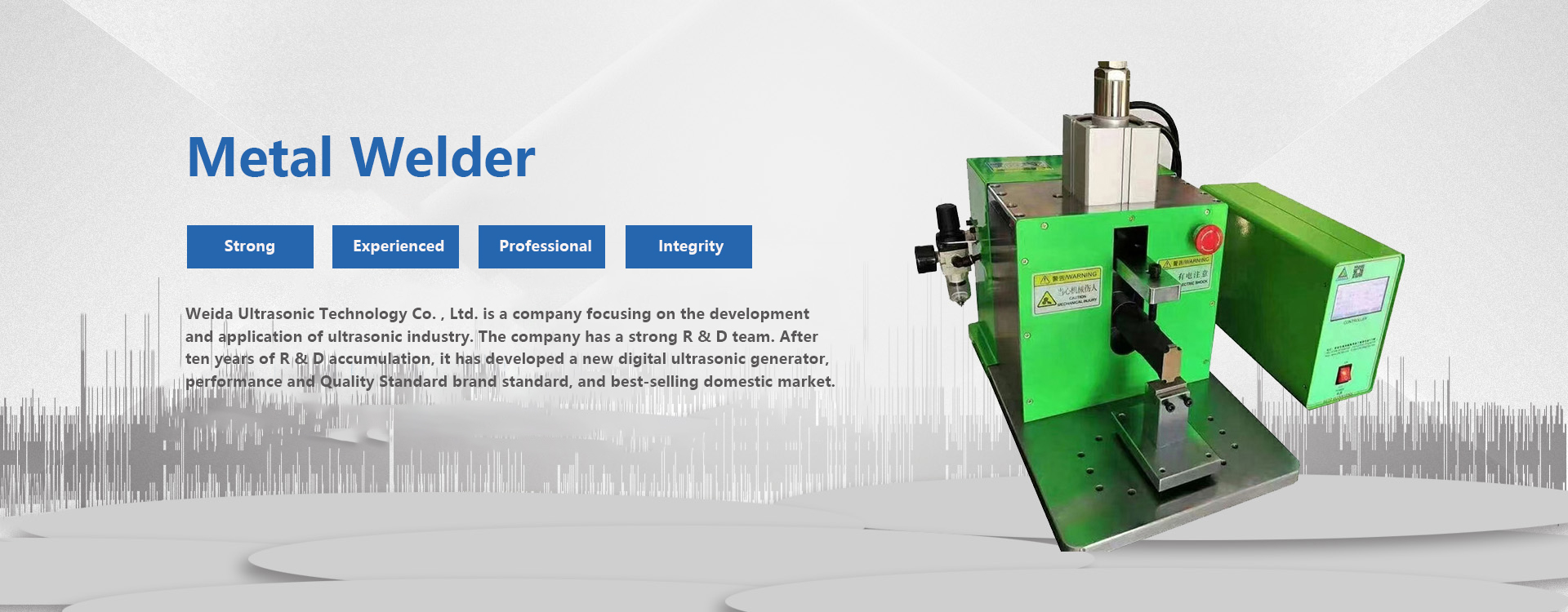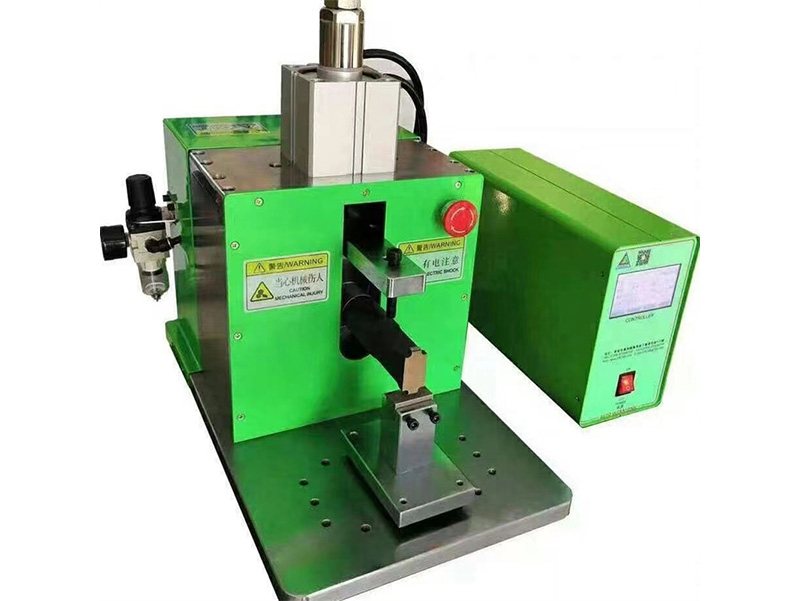Wire harness welding is often used in automobile manufacturing, if you also want to understand the principle and benefits of wire harness welding, you can go to the letter, not only about the introduction of wire harness welding, it also has the sale of wire harness welding machine. Wire harness welding is a kind of welding technology, its appearance solves the problem of automobile welding. Here is a brief introduction to wire harness welding.
The traditional wire harness welding process mainly includes: fusion welding, fiber welding, pressure welding.
1) Fusion welding is the method of heating the workpiece interface to a molten state in the welding process and completing the welding without adding pressure. During fusion welding, the heat source will quickly heat and melt the interface of the two workpieces to be welded to form a melting pool. The molten pool moves forward with the heat source and forms a continuous weld after cooling to connect the two workpieces into one. Because after welding, the wire harness junction is fused to form welding nodules, the resistance is large, and the service life of the wire harness is greatly reduced. And in the process of fusion welding, if the atmosphere is in direct contact with the high-temperature molten pool, the oxygen in the atmosphere will oxidize metals and various alloying elements. Nitrogen and water vapor in the atmosphere enter the weld pool, and defects such as pores, slag inclusion and cracks will be formed in the weld during the subsequent cooling process, which will worsen the quality and performance of the weld.
2) Brazing is the use of metal materials that are lower than the melting point of the workpiece as a filler metal, the workpiece and the filler metal are heated to a temperature higher than the melting point of the solder and lower than the melting point of the workpiece, the use of liquid filler metal to wet the workpiece, fill the interface gap and realize the mutual diffusion of atoms with the workpiece, so as to achieve welding.
The joint formed during welding that connects two connected bodies is called a weld. Both sides of the weld will be subjected to welding heat action, and the structure and performance changes, this area is called the heat affected zone. During welding, due to the different welding materials and welding currents of workpiece materials, overheating, embrittlement, hardening or softening may occur in the weld and heat affected zone after welding, which also reduces the performance of weldparts and deteriorates the weldability. It is necessary to adjust the welding conditions, and the welding quality can be improved by preheating the welding interface before welding, heat preservation during welding and heat treatment after welding.
3) Pressure welding is under pressure conditions, so that the two workpieces in the solid state to achieve interatomic bonding, also known as solid state welding. The commonly used pressure welding process is resistance butt welding, when the current passes through the connection end of the two workpieces, the temperature rises because of the large resistance, when heated to the plastic state, the connection becomes one under the action of axial pressure.
The common feature of various pressure welding methods is to apply pressure during the welding process without adding filler materials. Most pressure welding methods such as diffusion welding, high-frequency welding, cold pressure welding, etc., have no melting process, so there is no beneficial alloying element burn like fusion welding, and harmful elements invade the weld, thus simplifying the welding process, but also improve the welding safety and health conditions. At the same time, the heat affected zone is small because the heating temperature is lower than that of fusion welding and the heating time is shorter. Many materials that are difficult to weld with fusion welding can often be welded with pressure welding into joints of the same strength as the base material.


 中文(简体)
中文(简体) 


 Wechat
Wechat